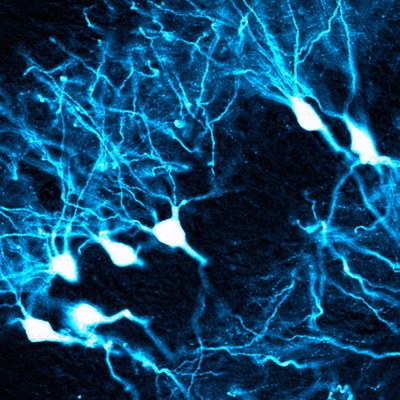UNC School of Medicine scientists led by Aravind Asokan, PhD, reveal how certain gene-carrying AAV vectors can penetrate the brain more efficiently to treat brain and spinal cord conditions, while reducing liver payload.

February 8, 2018
CHAPEL HILL, NC – Gene therapies promise to revolutionize the treatment of many diseases, including neurological diseases such as ALS. But the small viruses that deliver therapeutic genes can have adverse side effects at high doses. UNC School of Medicine researchers have now found a structure on these viruses that makes them better at crossing from the bloodstream into the brain – a key factor for administering gene therapies at lower doses for treating brain and spinal disorders.
“This structural ‘footprint’ we found seems to help these viruses get efficiently into the brain, which informs the design of potentially safer brain-targeted gene therapies,” said study senior author Aravind Asokan, PhD, associate professor of genetics.